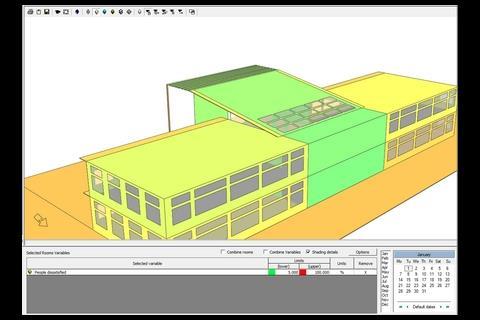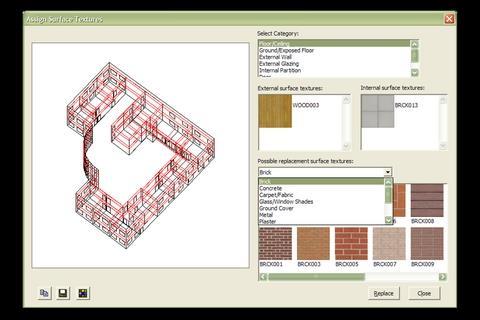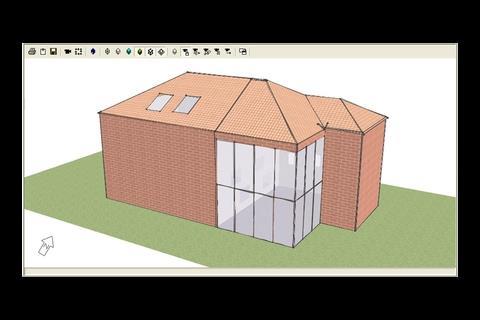IES releases v5.9 of <Virtual Environment> allowing users to model climate and design performance in regulatory environments from Sydney to Sydenham by way of Swansea
IES has released an update of its <Virtual Environment>. The Glaswegian firm dubs the v5.9 upgrade the ‘most significant ever' which "encompasses more major developments than ever before."
“IES’ worldwide users will benefit from both local and global enhanced technical capabilities, major graphical input and output developments and more visual, interactive and flexible reporting,” IES trumpeted in a press release.
The software comprises a package of building performance tools which enable designers to look at how key design and climate factors influence the sustainability performance of a building.
“Many of our customers are at the cutting edge of building design,” said marketing manager, Edwina Cramp. “They use our tools extensively to help them achieve significant energy use reductions and ensure occupant comfort.
“The full <Virtual Environment> is the most detailed level of engagement offered by IES, with VE-Ware and VE-Toolkits acting as alternatives for those looking for who only need top-level information.”

Selected improvements to the separate sections of <Virtual Update> are as follows:
Global3D model, reporting and technical developments
Refinements to the drawing and visualisation capabilities of the central 3D data model builder have been made, including the ability to record camera path animations, change sketch styles and add textured rendering being key developments.IES has also allowed for new 3D model result visualisation options to be offered, including airflow openings and room colour coding according to result/input data thresholds. CFD airflow analysis allows for underfloor air displacement to be modelled.
Total international regulation suitability
The software has been validated by GB and Irish agencies and is compliant with the new Dynamic Simulation Model (DSM) Energy Performance Certificate (EPC) and Republic of Ireland Building Energy Rating (BER). IES offers both SBEM and DSM EPC options with versions suitable for England, Wales, Scotland and Northern Ireland. The software has also been upgraded to include localise fuel mix data for the US and Australia which give additional accuracy to carbon performance calculations.Dr Don McLean, IES founder, said: “These enhancements further increase the functionality and use experience offered by the IES <Virtual Environment> suite, which is already the most comprehensive integrated suite of building performance analysis tools in the world.
“Our close links to customers at the cutting edge of sustainable design mean we’re confident that the release of v5.9 brings to the market what architects and engineers want and need to help them design ‘green’ better informed and more efficiently.”































